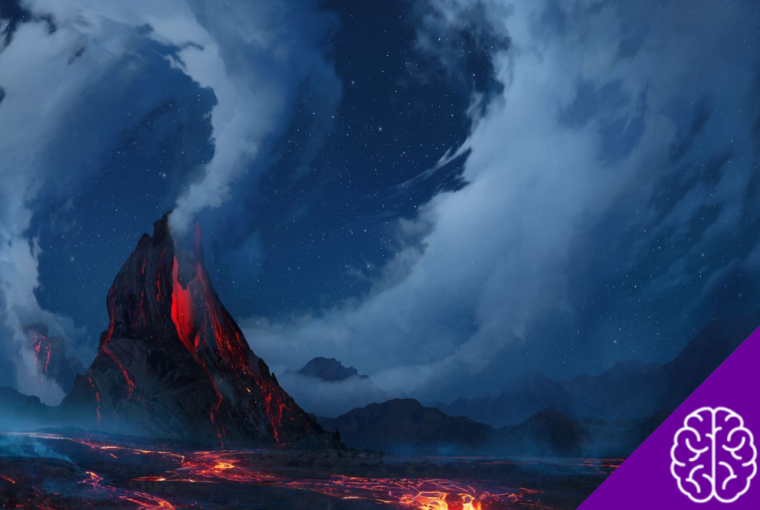History is full of difficult and challenging years, but one stands out as particularly devastating—536 AD. Known as the “worst year in history,” this period marked the beginning of a series of catastrophes that darkened the skies, cooled the Earth, and drastically affected human life around the globe.
But what really happened in 536 to make it such a catastrophic year? This blog (Insight Factory) will explore the events, the science, and the theories behind this historical turning point.
536 AD—A Year of Darkness and Suffering
536 AD was no ordinary year. Historical accounts describe a sun that remained dim for 18 months, plunging large parts of the world into a chilling darkness. Byzantine historian Procopius wrote, “The sun gave forth its light without brightness, like the moon, during the whole year.”
The lack of sunlight caused a sharp decline in temperatures, leading to widespread crop failures. Famine gripped entire regions, wiping out populations.
But the challenges didn’t end there. Shortly after, one of the most infamous pandemics—the Plague of Justinian—spread across the Byzantine Empire, killing millions.
This combination of environmental and health crises marked the beginning of what some historians call the “Late Antique Little Ice Age,” a period of global cooling that would last for centuries.
The Start of the Little Ice Age
The events of 536 were not isolated. Historians and scientists link this year to the onset of the Little Ice Age, a period of reduced temperatures characterized by shortened growing seasons, erratic weather patterns, and further societal hardships.
The Little Ice Age didn’t just affect Europe. Evidence of unusual climate activity and its related consequences has been found around the world, particularly in Asia and North America.
Societies struggled under the strain, as disrupted agricultural cycles and food shortages fueled migration, famine, and even conflict. But what caused such an abrupt and devastating global change?
What Caused the Late Antique Little Ice Age?
Scientists and historians have spent decades trying to uncover the root cause of the events of 536 and the broader cooling period that followed. While no single answer exists, two main hypotheses stand out.
The Hypothesis of Volcanic Activity
Many researchers attribute 536’s unusual darkness and climate disruption to massive volcanic eruptions.Volcanic activity can eject massive amounts of ash and sulfur dioxide into the stratosphere, forming a veil of particles that blocks sunlight and cools the Earth’s surface.
Ice core analyses from Greenland and Antarctica reveal high levels of sulfate deposits around the year 536. This evidence suggests a major eruption occurred, and subsequent eruptions in 540 and 547 compounded the initial cooling effect.
One contender for this catastrophic eruption is the volcano Ilopango in modern-day El Salvador, which is known to have erupted sometime in this period.
Such an eruption would have had an immediate and far-reaching impact on global temperatures, agriculture, and weather patterns.
The Theory of an Underwater Eruption
While volcanic activity on land is a popular explanation, some scientists hypothesize that an underwater volcanic eruption could also have played a role.
Underwater eruptions tend to eject less ash into the atmosphere, but they can trigger significant climatic and environmental effects by releasing substantial amounts of water vapor and greenhouse gases.
Although no concrete evidence has yet linked an underwater eruption directly to the events of 536, it remains a possibility that should not be discounted as researchers continue to investigate.
How History Remembers 536
While science continues to piece together the physical causes of 536’s misery, its historical significance is undeniable.
This year serves as an example of how interconnected natural disasters and societal challenges can be, showing how changes in the environment can ripple through civilizations.
It’s also a poignant reminder of human resilience. Despite the difficulties of 536 and the Little Ice Age that followed, humanity endured, adapted, and eventually thrived.
Lessons Learned from 536
The story of 536 AD is a chilling—pun intended—lesson in how environmental changes can test the limits of societies.
It also underscores the importance of preparing for and responding to global challenges, whether they stem from climate events, pandemics, or other crises.
As modern technology gives us more tools to monitor and predict changes in our environment, we’re better positioned to mitigate similar large-scale disasters in the future. Learning from the past can be a powerful way to safeguard the present and future.


